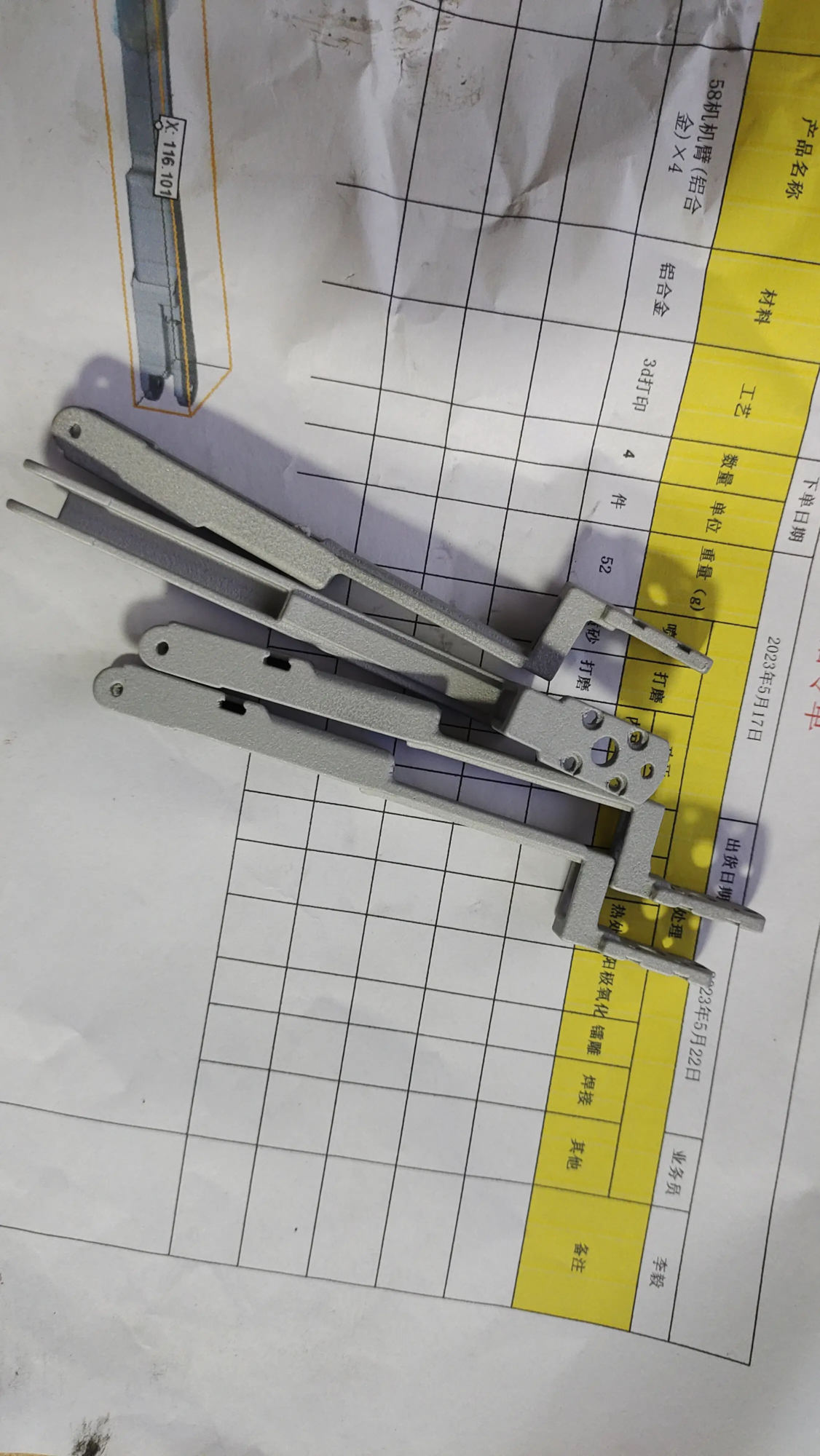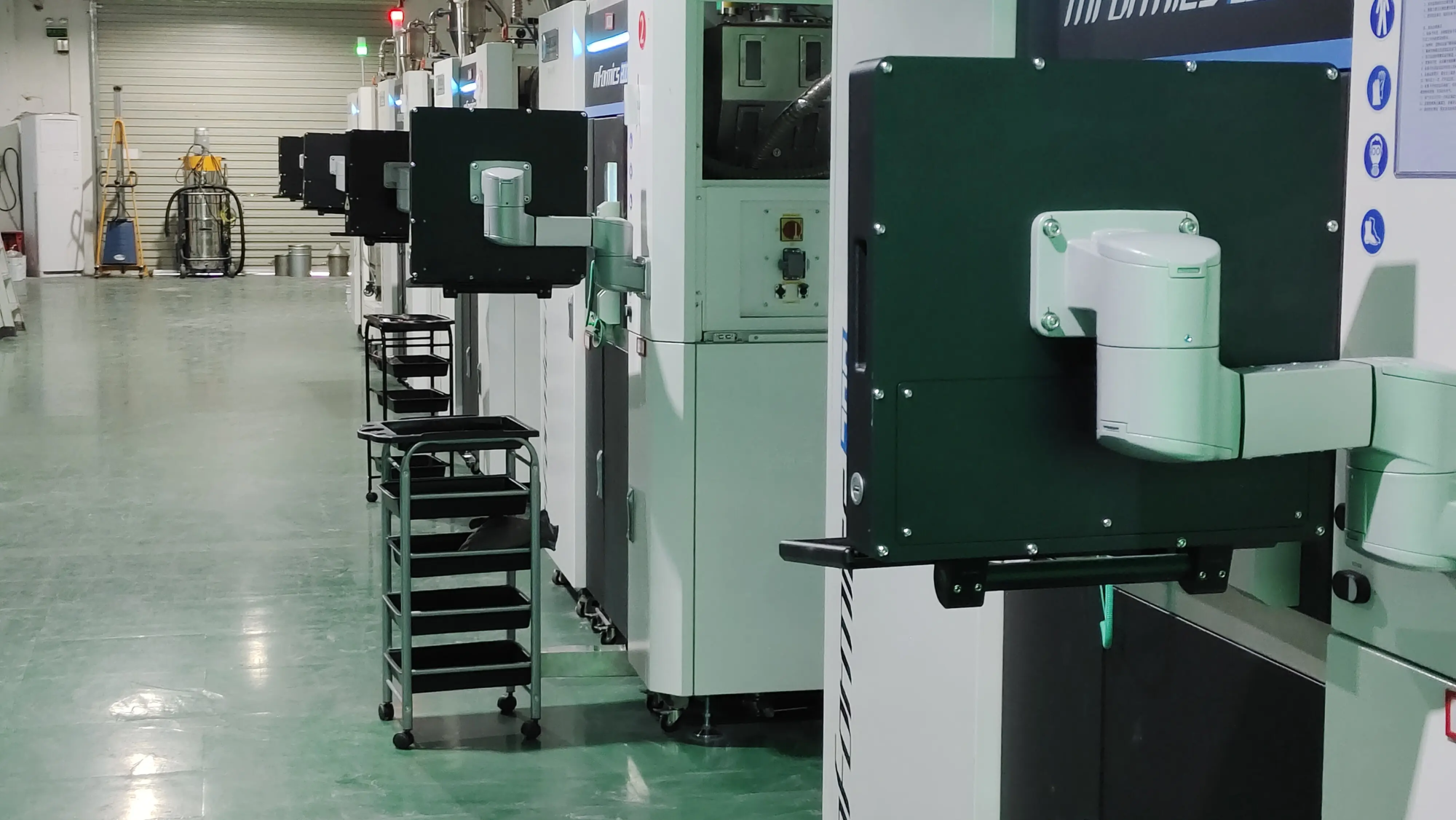Introduction: The structural miracle of honeycomb walls in 3D printing
The honeycomb structure was inspired by nature’s genius in the honeycomb and completely changed engineering design. When integrated with 3D printing (especially metal additive manufacturing), it unlocks unrivalled efficiency. Providing optimal strength to weight ratio, thermal stability and material economy, honeycomb walls are taking the industry from aerospace reshaping to biomedical engineering. At Greatlight, we take advantage of the cutting-edge Selective laser melting (SLM) technology Turn these complex designs into functional high-performance prototypes and end-use parts.
The Science Behind the Honeycomb Structure: Why They Work
The honeycomb wall consists of hexagonal lattice-like cells replicated in grid pattern. Their geometry disperses pressure evenly while minimizing material use. Key advantages include:
- lose weight: Without damaging the strength, up to 70% is 70% lower than the solid peers.
- Energy absorption: Ideal for impact resistance in automotive collision structures.
- Thermal management: Air pocket isolation, resists heat transfer and is useful for aerospace components.
- Material efficiency: Compared with traditional subtraction methods, waste is reduced by up to 40%.
3D printing translates this theoretical efficiency into reality, making it impossible for CNC machining to perform complex internal geometries.
SLM 3D printing how to perfect honeycomb wall
Selective laser melting (SLM) is our core technology on Greatlight, which uses high-precision lasers to build metal parts layer by layer to fuse micro powdered powder. For cellular structures, SLM is good at:
- Accurate calibration: The wall thickness of laser sintered is 0.1-0.3mm wall thickness within the tolerance of ±0.05mm.
- Free design: Use strategic thermal control measures to minimize hanging hanging in thin walls, thereby reducing post-processing.
- Material versatility: We use aviation grade titanium, stainless steel, aluminum alloys (such as Alsi10mg) and Inconel printing.
- Density control: Cell density (cells per inch) can be adjusted to be consistent with application requirements.
Greglight’s Edge: Our SLM printers integrate real-time melt pool monitoring and AI-driven parameter adjustment to ensure structural integrity even in ultra-fine lattices.
Meet the production challenges: a great way
Honeycomb walls pose unique challenges, including removing residual stress distortion and powder from tiny cavity. We use:
- Advanced simulation: Pre-printed distortion modeling predicts and combats thermal warping.
- Parameter optimization: Custom laser power/speed profile for different unit sizes.
- Post-processing expertise:
- Automatic ultrasonic cleaning to remove trapped powder.
- Heat is static pressure (hook) to eliminate porosity.
- Custom surface finishing (polishing, coating, heat treatment).
Real-world application of 3D printed honeycomb walls
- aerospace: Lightweight turbine blades, satellite panels.
- Medical: Implants with porous structures are used for osse integration.
- car: Collision absorber and lightweight chassis assembly.
- vitality: Heat exchanger with optimized flow path.
Why 3D printing with Greatlight for Honeycomb?
As the leader of rapid prototypes, Great Combining technical strength and end-to-end support:
- SLM technology: Type 12 laser industrial grade printer for large buildings (up to 500mm³).
- Material Innovation: Custom alloys are strong, corrosion-resistant or biocompatible.
- Fast Market: 3-5 day turnover of complex prototypes.
- Certification compliance: ISO 9001: 2015 passed the material traceability certification.
We handle each stage (from design optimization to final completion) – ensuring critical parts meet strict standards.
Conclusion: Build better, lighter, smarter in the future
Honeycomb Wall 3D printing reflects how bionics and metal AM blend together to solve engineering challenges. With the development of SLM technology, more dense lattice, multi-matter cell and AI-optimized design are expected. At Greatlight, we push these boundaries every day, working with innovators to create lighter, stronger, smarter solutions. Reach out your hand to start your cellular project –Where geometry fits the possibility.
Frequently Asked Questions about 3D Printing of Honeycomb Walls
Q1: What wall thickness can SLM achieve?
A: We reliably print walls 0.1mm Use high resolution SLM.
Question 2: How to ensure strength using this lightweight structure?
Answer: Hexagonal cells distribute stress in multiple directions. We verified strength by FEA simulation and mechanical testing (tension, compression).
Question 3: Can I use cellular designs for custom medical implants?
Answer: Absolute. Our TI6AL4V ELI (medical grade titanium) implants promote bone integration and comply with ISO 13485.
Q4: What is the maximum honeycomb part size you can print?
A: The handle composition of our large SLM printer 500 x 500 x 500 mm Have uniform cellular consistency.
Question 5: Is the cost of post-processing of internal structures?
A: We have used specialized liquids to automatically remove powders, making them 20-30% lower than the industry average.
Are you ready to use the honeycomb structure?
Discuss your project with Greatlight’s engineers – from material to cell geometry to optimize results. Get a quote now!





